Finding a Runner’s Sole Mate
In honor of RunLab’s latest south location, we chatted with Dr. Kimberly Davis about the company’s past, present and future.

Smiling back through the screen sits a sunglassed, pink-haired, and stylishly dressed Dr. Kimberly Davis. And she is very cool.
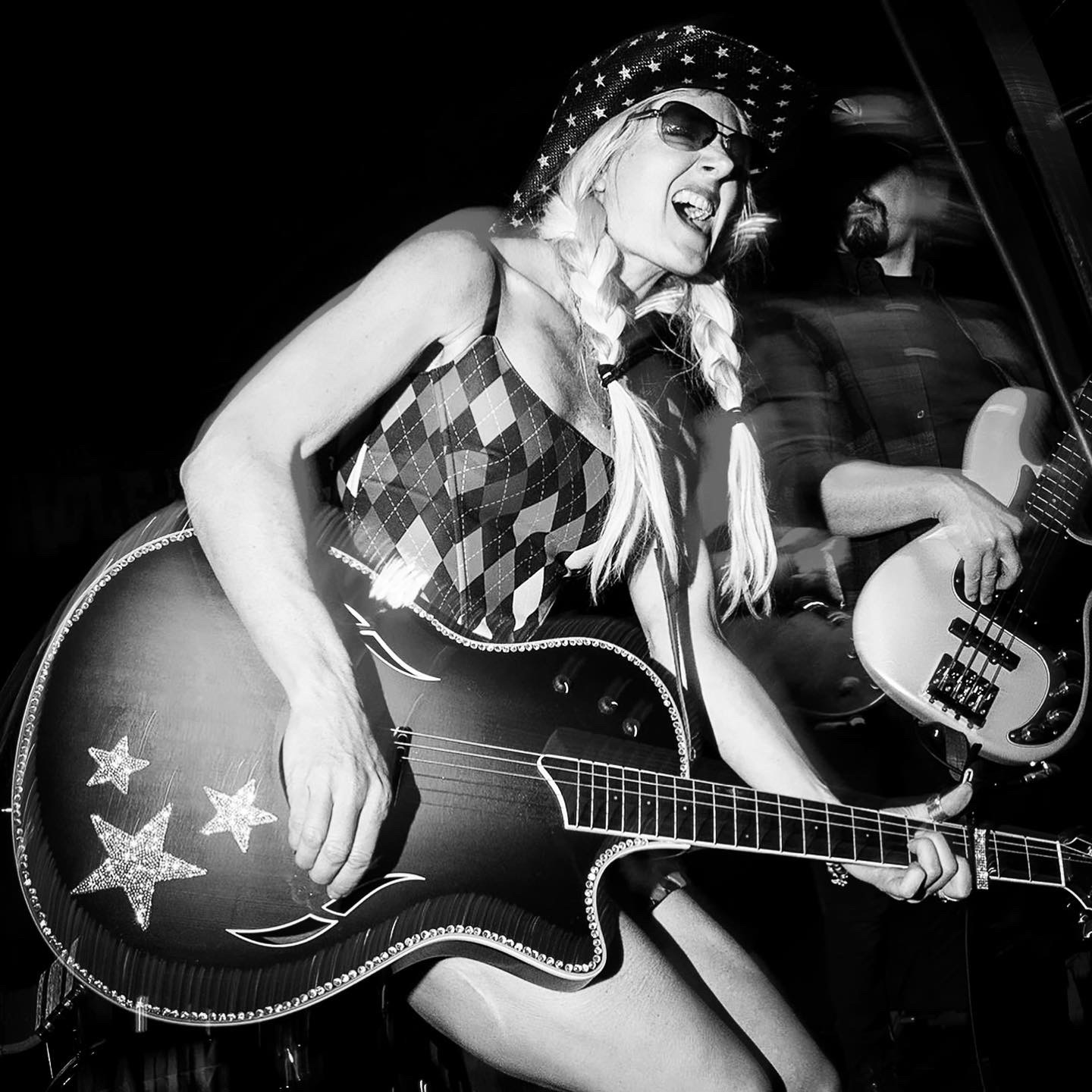 From first glance, and maybe even after an initial casual conversation, Davis doesn’t make it overly apparent just how deeply specialized she is in athlete anatomy. As she talks about her rock band Trashy Annie, dog Chuck, and new love of adventure racing, I must remind myself that this laid-back gal is also a doctorate-holding pioneer in the running world. Davis is, in fact, the founder and CEO of RunLab.
From first glance, and maybe even after an initial casual conversation, Davis doesn’t make it overly apparent just how deeply specialized she is in athlete anatomy. As she talks about her rock band Trashy Annie, dog Chuck, and new love of adventure racing, I must remind myself that this laid-back gal is also a doctorate-holding pioneer in the running world. Davis is, in fact, the founder and CEO of RunLab.
—
RunLab is a runner’s paradise for form training, injury rehabilitation, and shoe assessment. Its techniques draw attention from the likes of Nike, Olympic athletes and endurance runners of all levels. Since it opened in 2014, on-site professionals work with clients to diagnose form related issues through movement analysis and gait evaluations. Then, through custom plans, clients work to correct any injury-causing or potentially hazardous form issues.
“A lot of running advice out there is cookie-cutter focused,” Davis explains. “But everyone’s gait is different, as unique as a fingerprint.”
Most notably, clients even receive precise recommendations on what shoe style will assist in their overall wellness and goals. Since much of the running gear industry is often focused on trends and fads, helping clients wade through the sea of options is crucial to keeping their running form smooth and their joints healthy.
Just as the cookie-cutter approach doesn’t work when discussing training and form, the same goes for shoes. One never fits all, Davis says. While a shoe will never fix any structural problem like high arches or flat feet, the wrong shoe can be detrimental to a runner and only make matters worse.
“If you have flat feet, for example, adding in arch support is not going to help in the way it does for weak arches,” Davis explains. “Instead, that arch insert is going to add pressure and break the integrity of the foot putting stress on joints and creating more problems rather than fixing anything.”
Not only does RunLab allow runners to understand what kind of foot they have, what kind of runner they are, and what they need to do to optimize training, they also work in injury recovery like any other clinic. Every client has a hyper-individualized care plan that meets them on their level and guides them to meeting any goal.
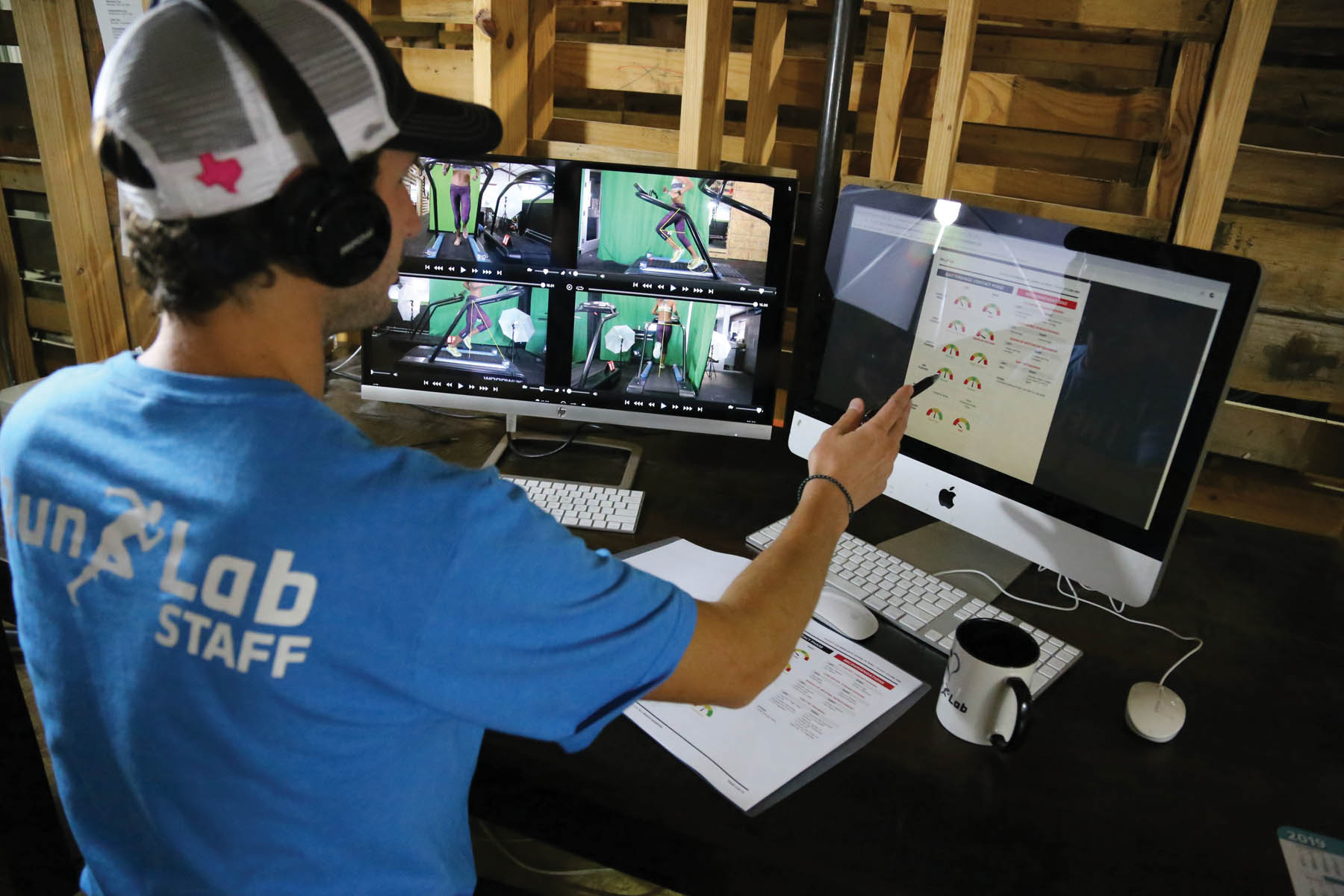
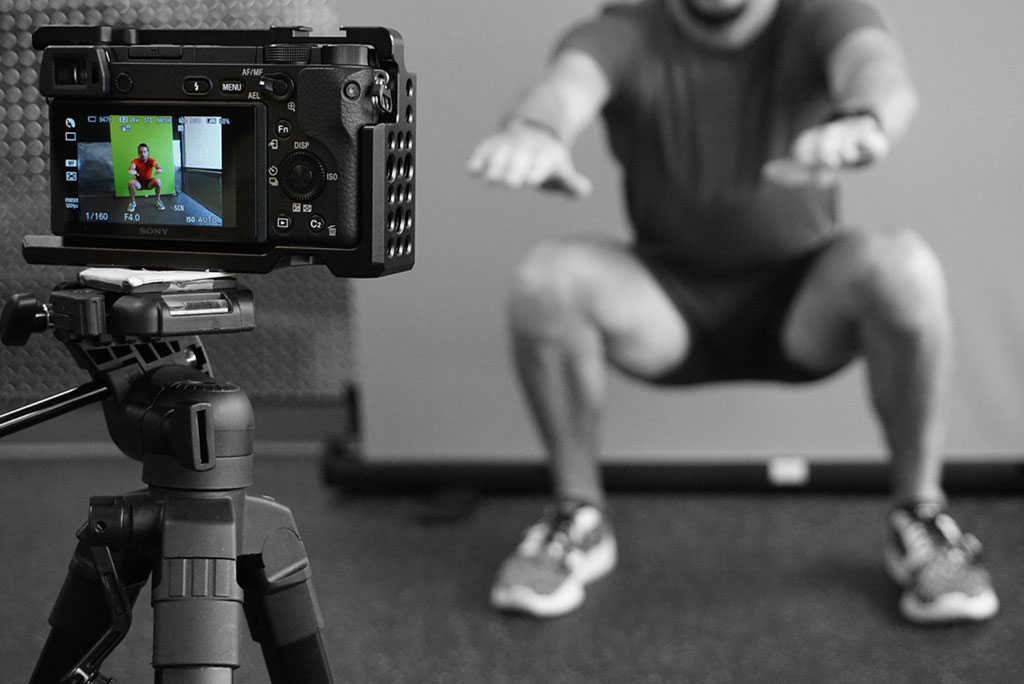
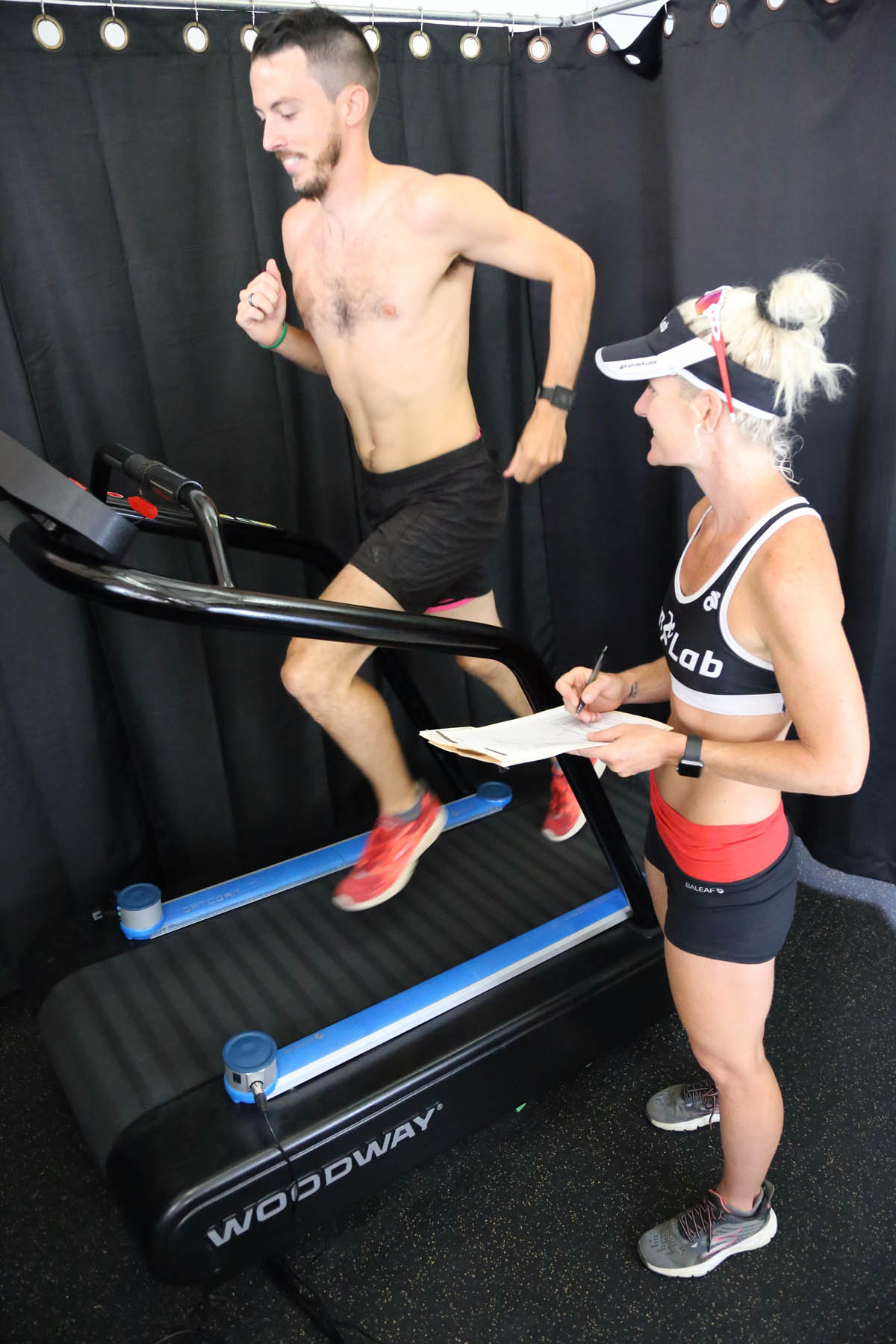
—
This idea of hyper-individualized training and care doesn’t sound all that wild now, but that’s actually all thanks to Davis’ trailblazing with RunLab. In fact, Davis started RunLab essentially as a reaction to the lack of running-specialized professionals in the fitness and recovery worlds she found herself in as an athlete.
In her 20s, Davis took to running and race training more seriously. As the miles racked up, she noticed a pain in her knee that was bothering her. Knee pain, a loathed running side effect, is no stranger to runners. Then, in her early 30s, she went to an orthopedist to fix the issue while training for an Ironman. Instead of a recovery plan, the doctor told her to stop running.
“I remember leaving that office like, ‘No, I’m just going to do this myself because I am definitely not going to stop running,'” Davis says. “I remember throwing his card away and going for a run that same day.”
You should know, Davis is not the kind of person you tell to stop something. A good sum of her mentality to challenges is that she decided she wanted to overcome her fear of water and swimming in college. Rather than going to the beach, a local pool, or something easy and casual, she signed herself up for a triathlon. Davis clearly doesn’t take the easy way out of anything. In challenges, she dives right in, head first and with a plan.
So, instead of taking the doctor’s advice, she decided to prove a point. She continued to rack up miles and, all the while, she was diving deeper into running’s biomechanics, her own skeletal structure and form. Eventually, she fixed the problem herself. With this newfound research and understanding of the importance of individual data for runners’ training and injuries, Davis had a plan.
“I knew that if I could fix myself, I could fix anyone,” Davis says with a smile. “I built out the gait analysis system with the idea of creating a place that was by runners, for runners. A place that could give people answers and keep them out of the medical care cycles. “
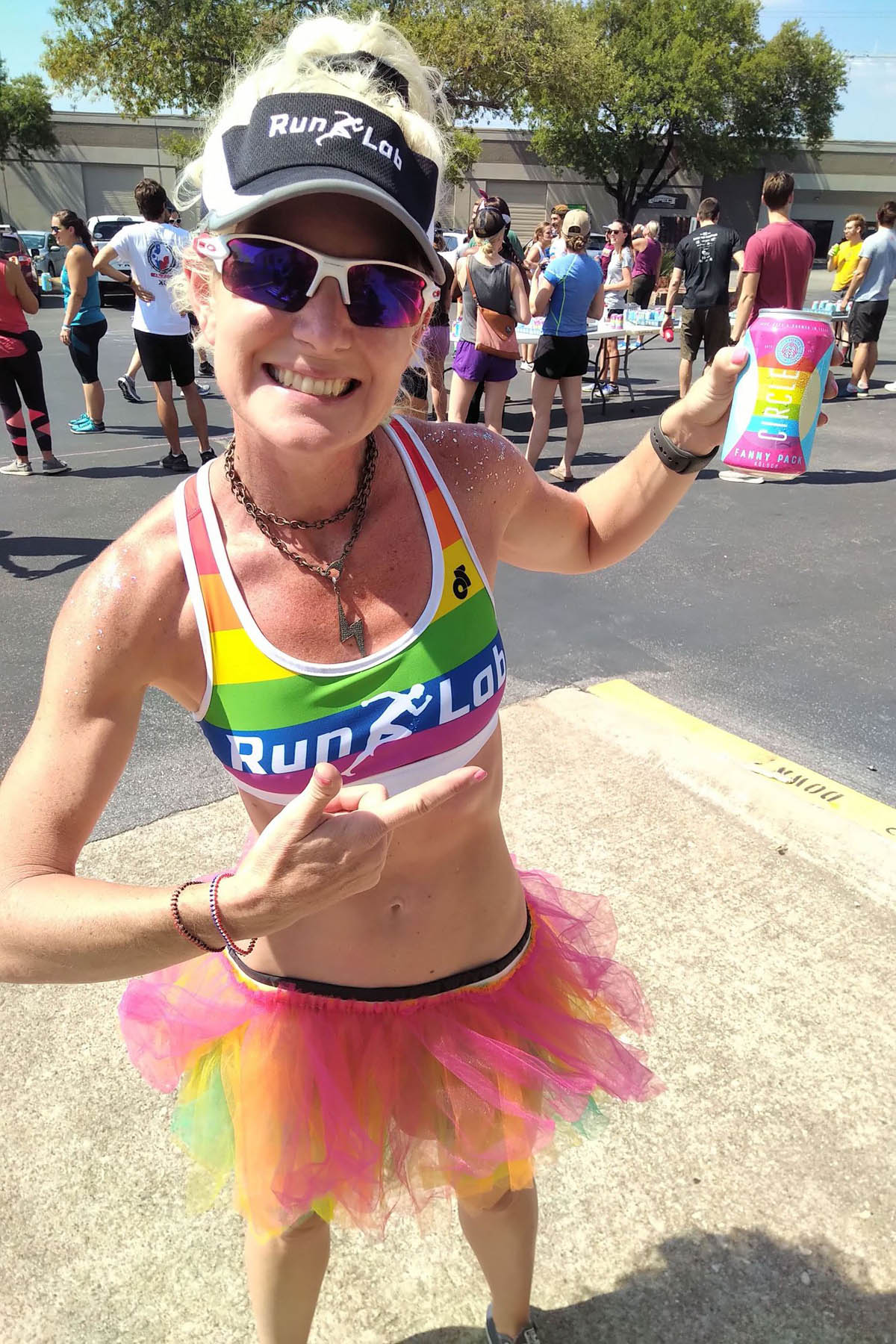
—
Currently, RunLab offers a wide range of services including metabolic and sweat sodium testing with their movement analysis packages. Having grown rapidly alongside the city since the pandemic, the clinic has evolved to reach new audiences, remain accessible to new runners, and work with some of the top athletes.
“We found that getting people to send in videos and meet for virtual consultations was just as effective in the initial identification of running form related issues,” Davis explains. “It’s been huge for reaching people who may not be able to come down to an in-person clinic and still be able to provide the same quality care.”
When asked if RunLab will ever take on designing their own line of, or system for, personalized running shoes, Davis takes a moment to consider this. Creating personalized shoes is not out of the realm of possibilities, she says. But since she only does things when she can go all in with the right plan, she won’t do it until RunLab is able to create them with the best quality assurance.
“In terms of the data, we have everything we need [to create personalized shoes] but unfortunately the 3D printing technology is still just too far behind,” she explains. “But once it’s at a point that meets our standards, we will be well positioned and ready to go all in.”






